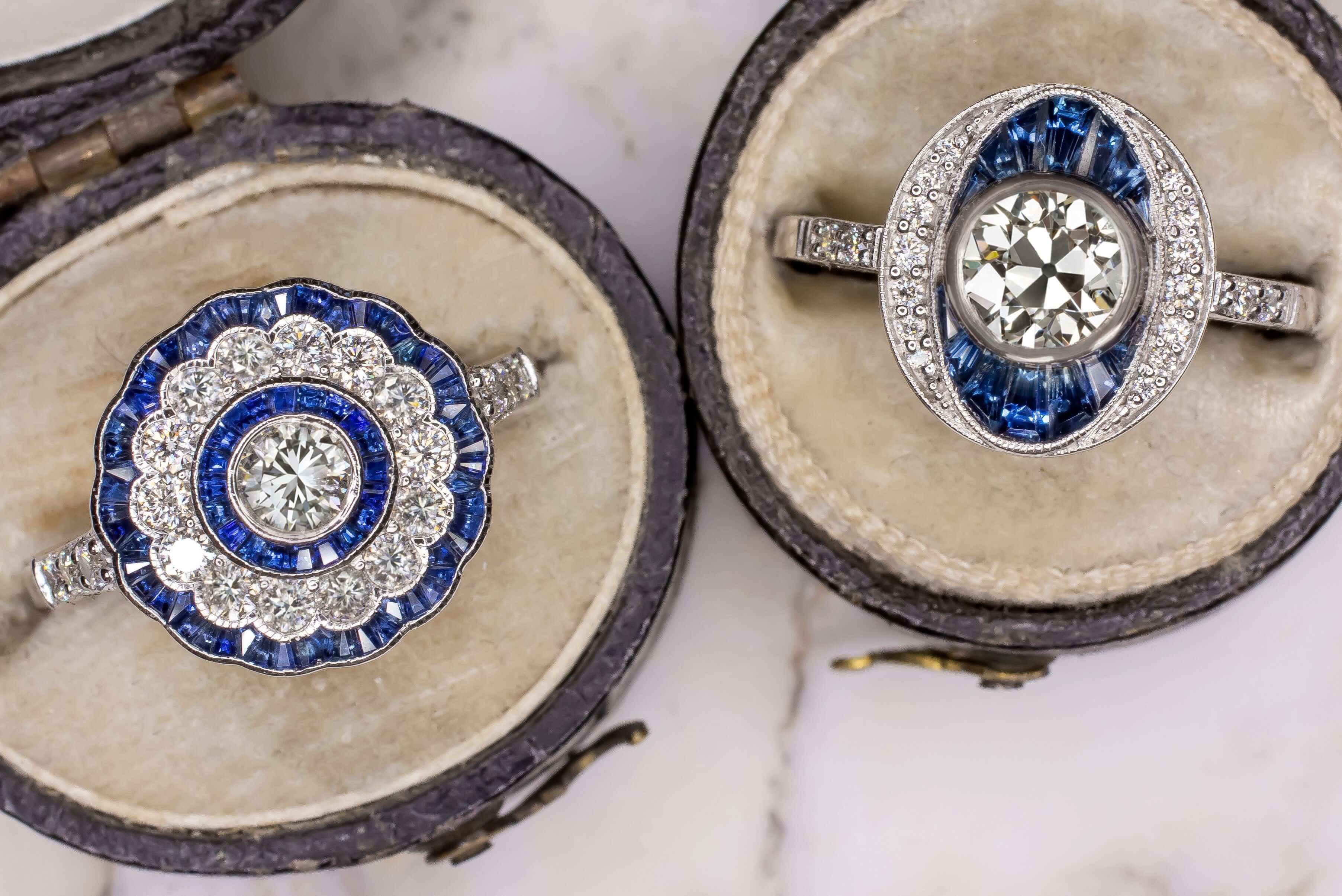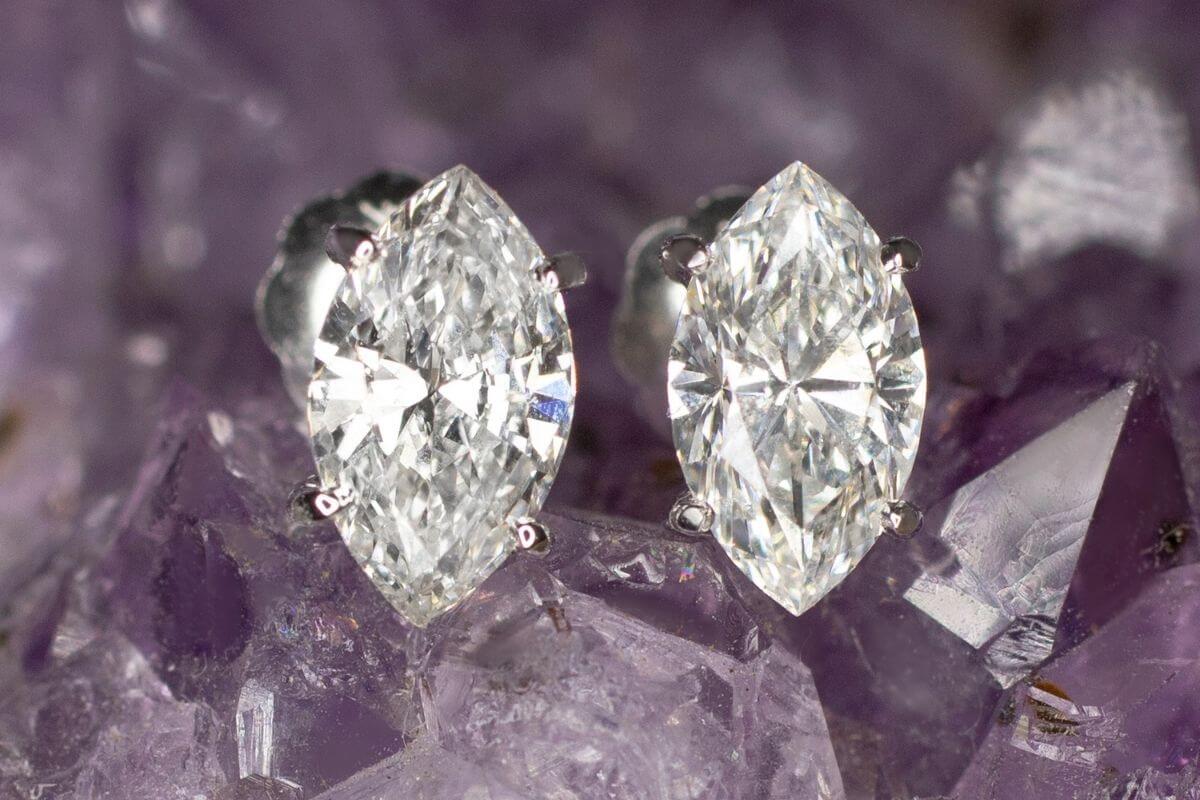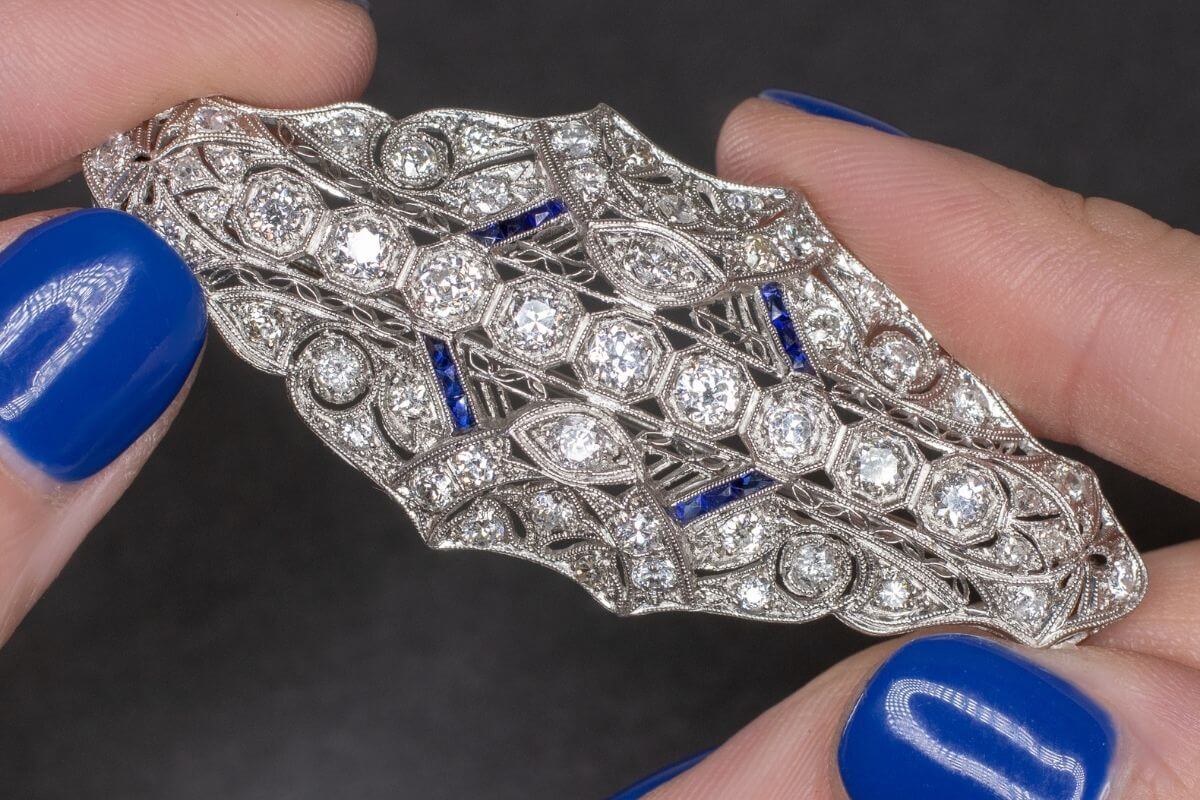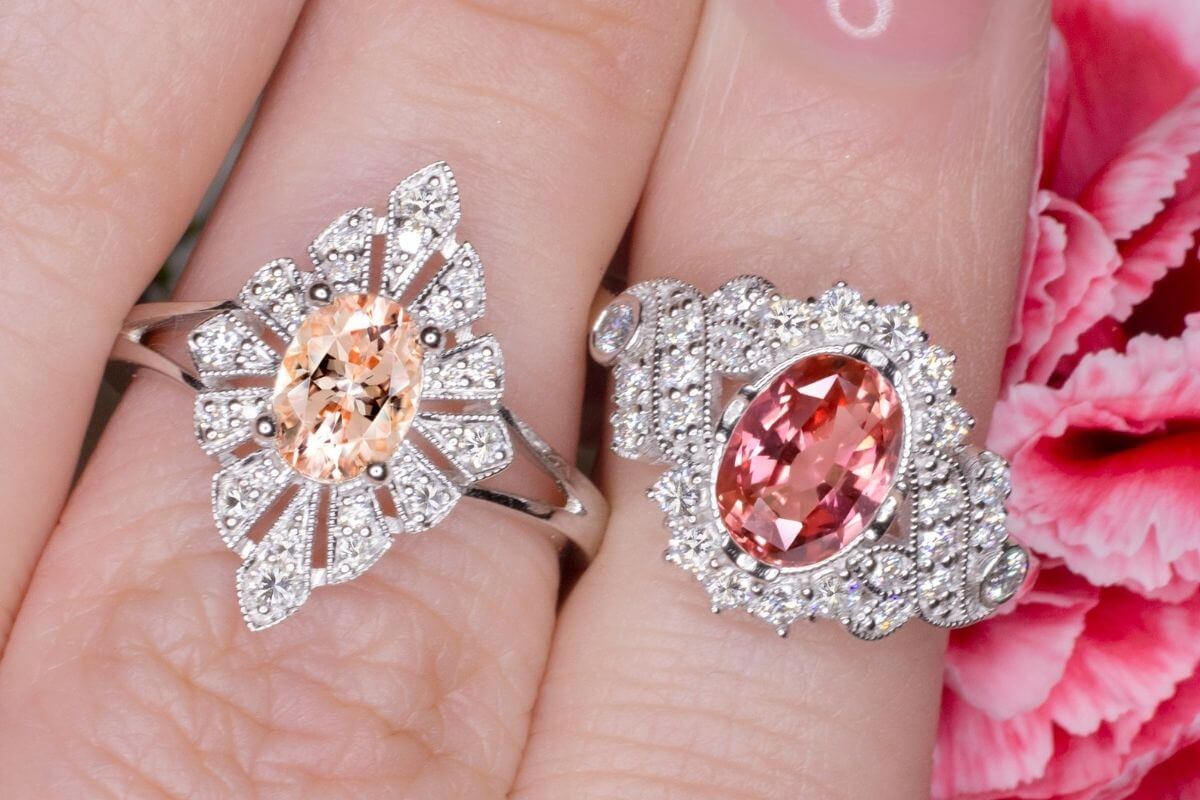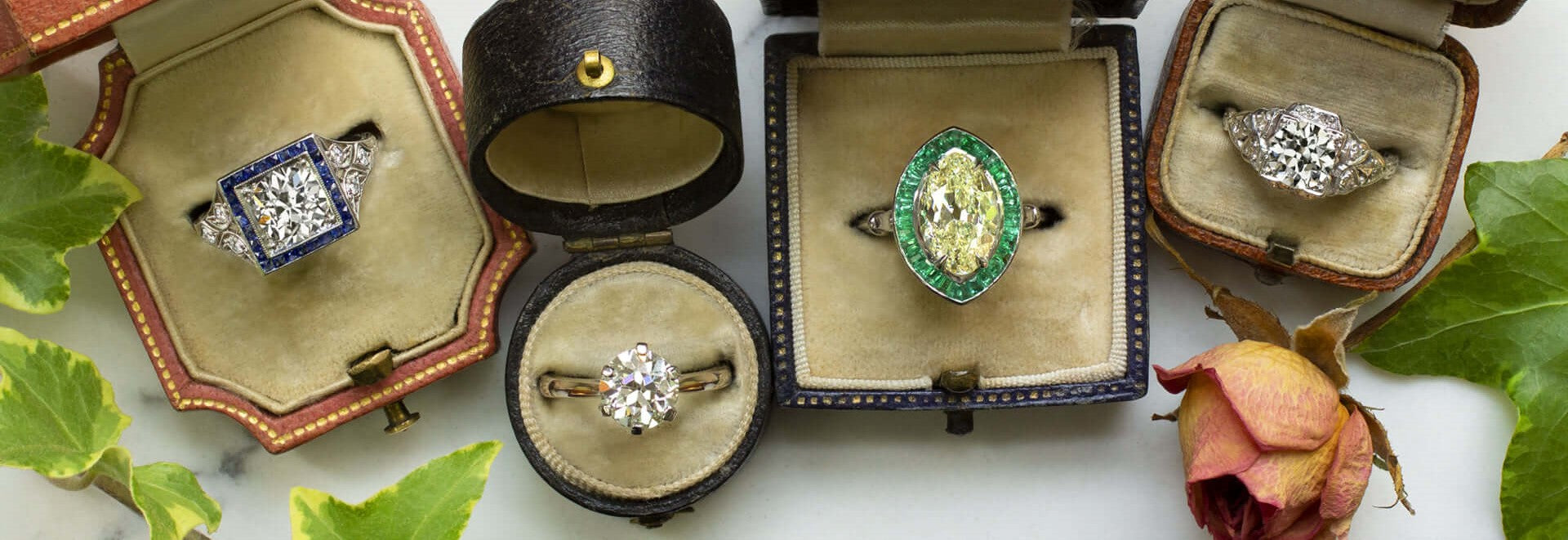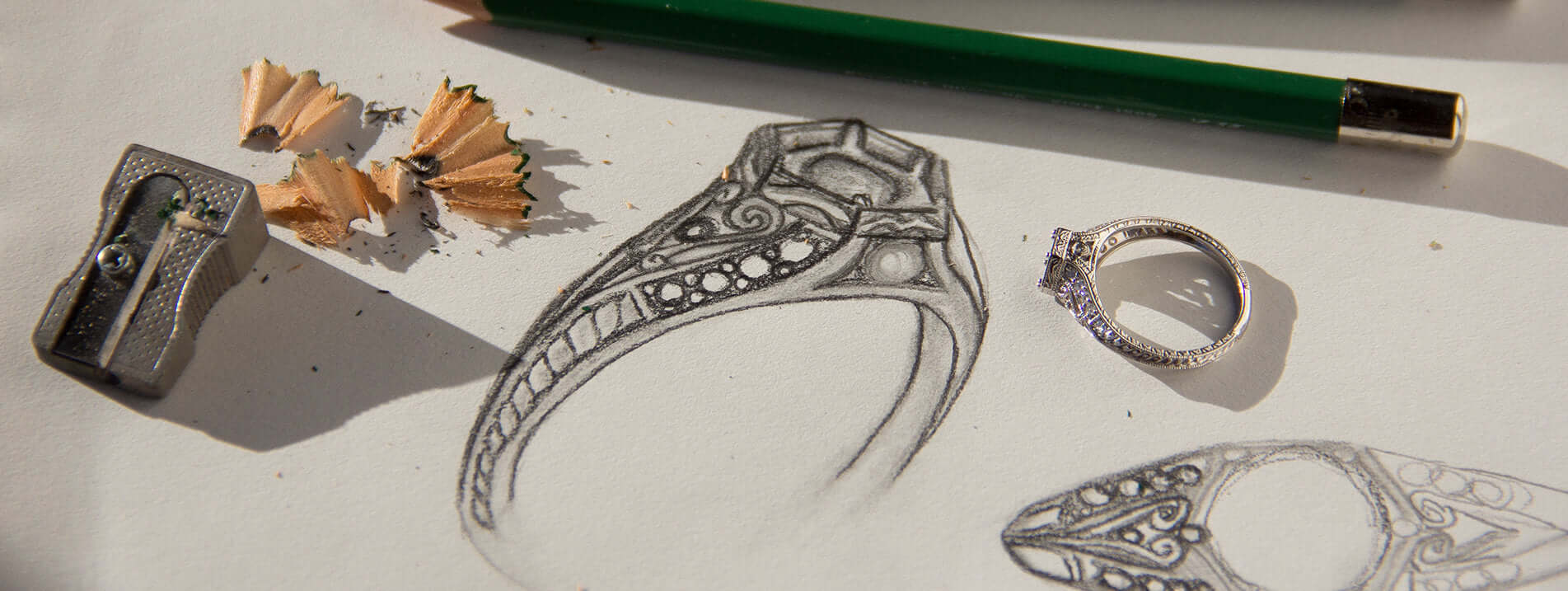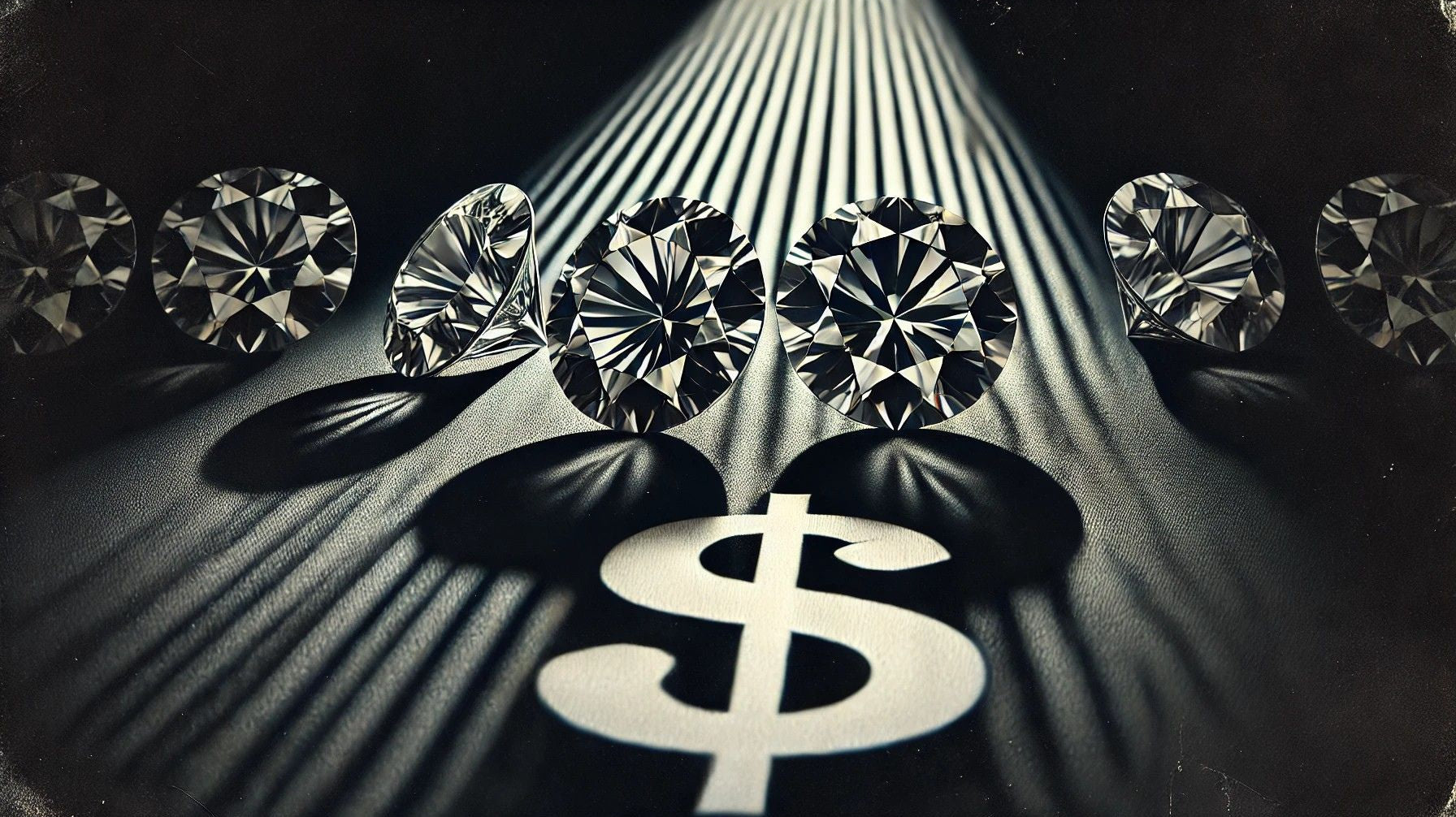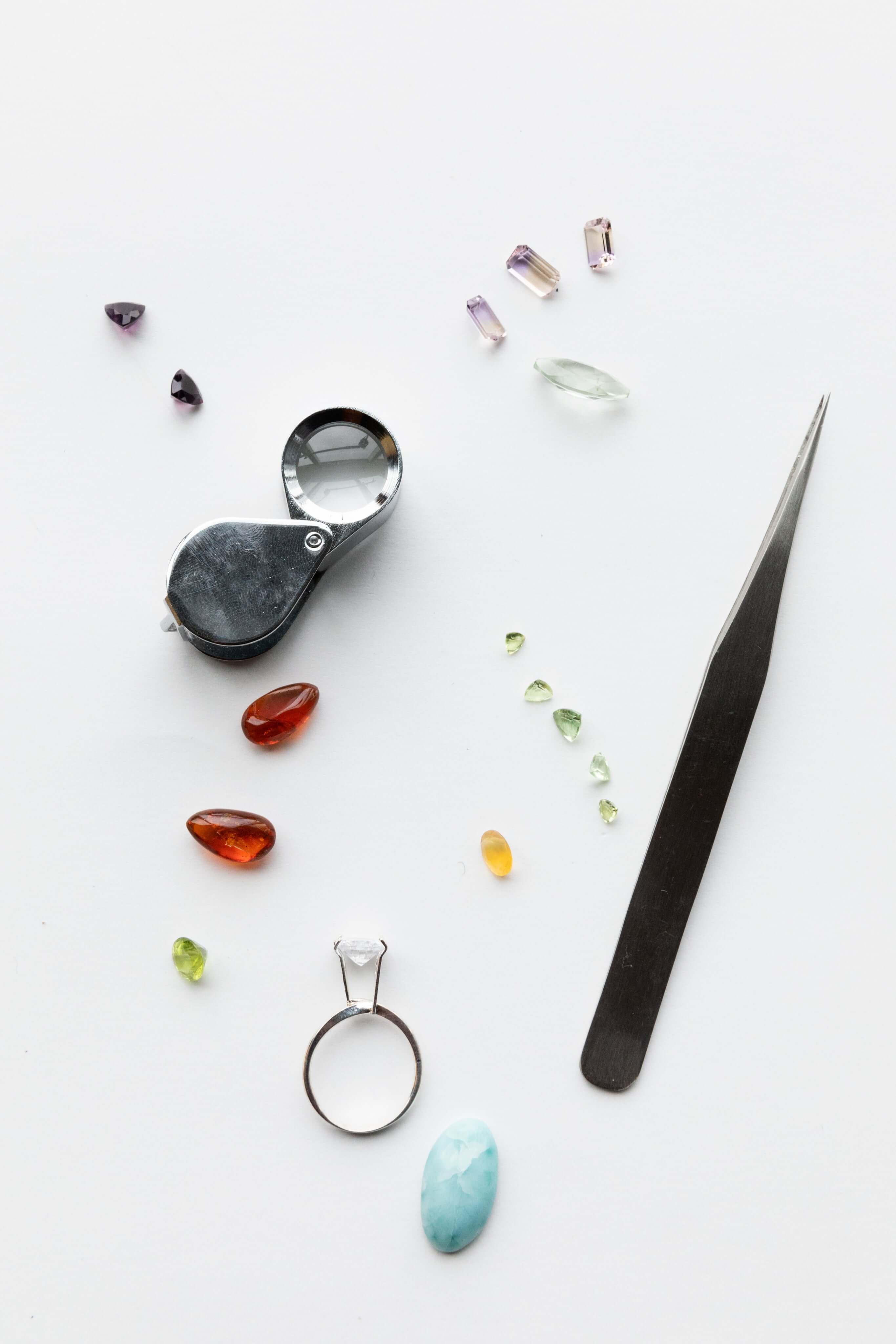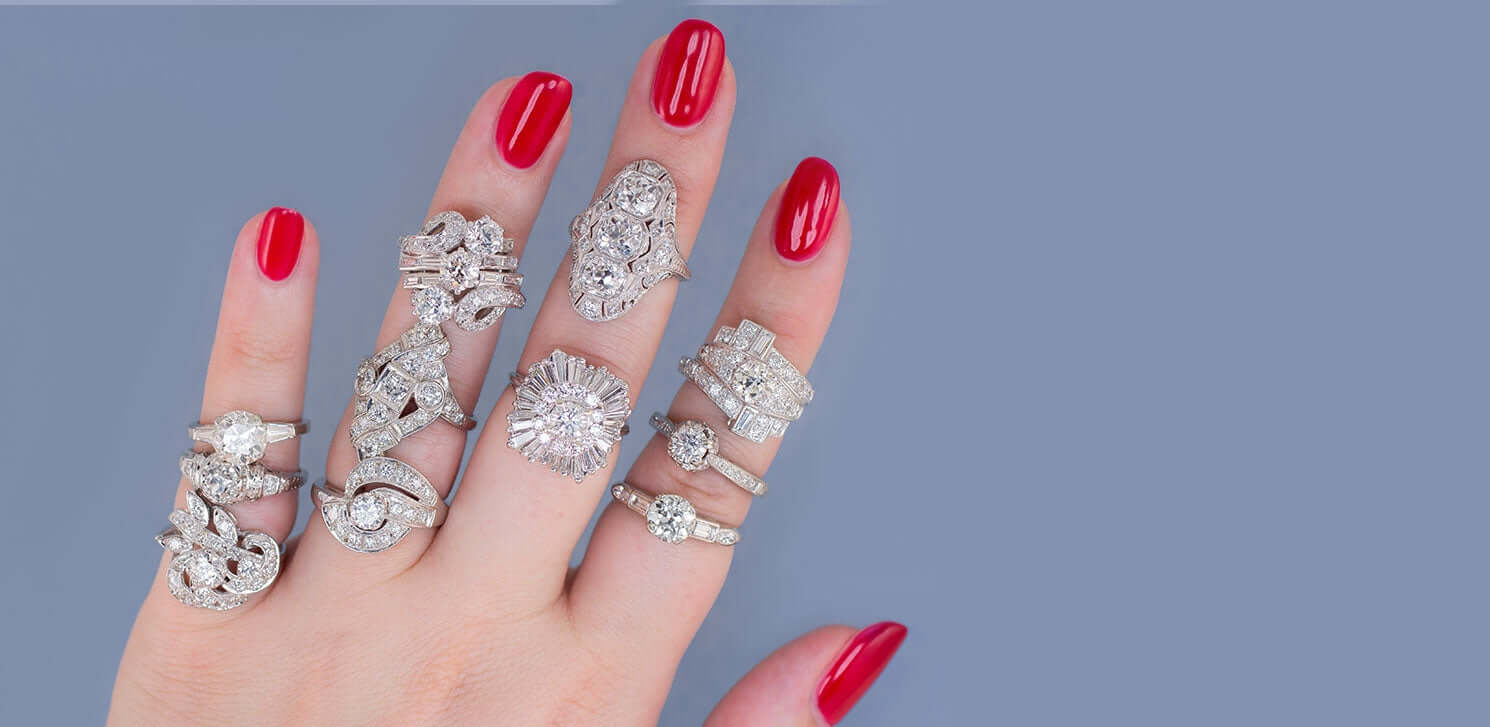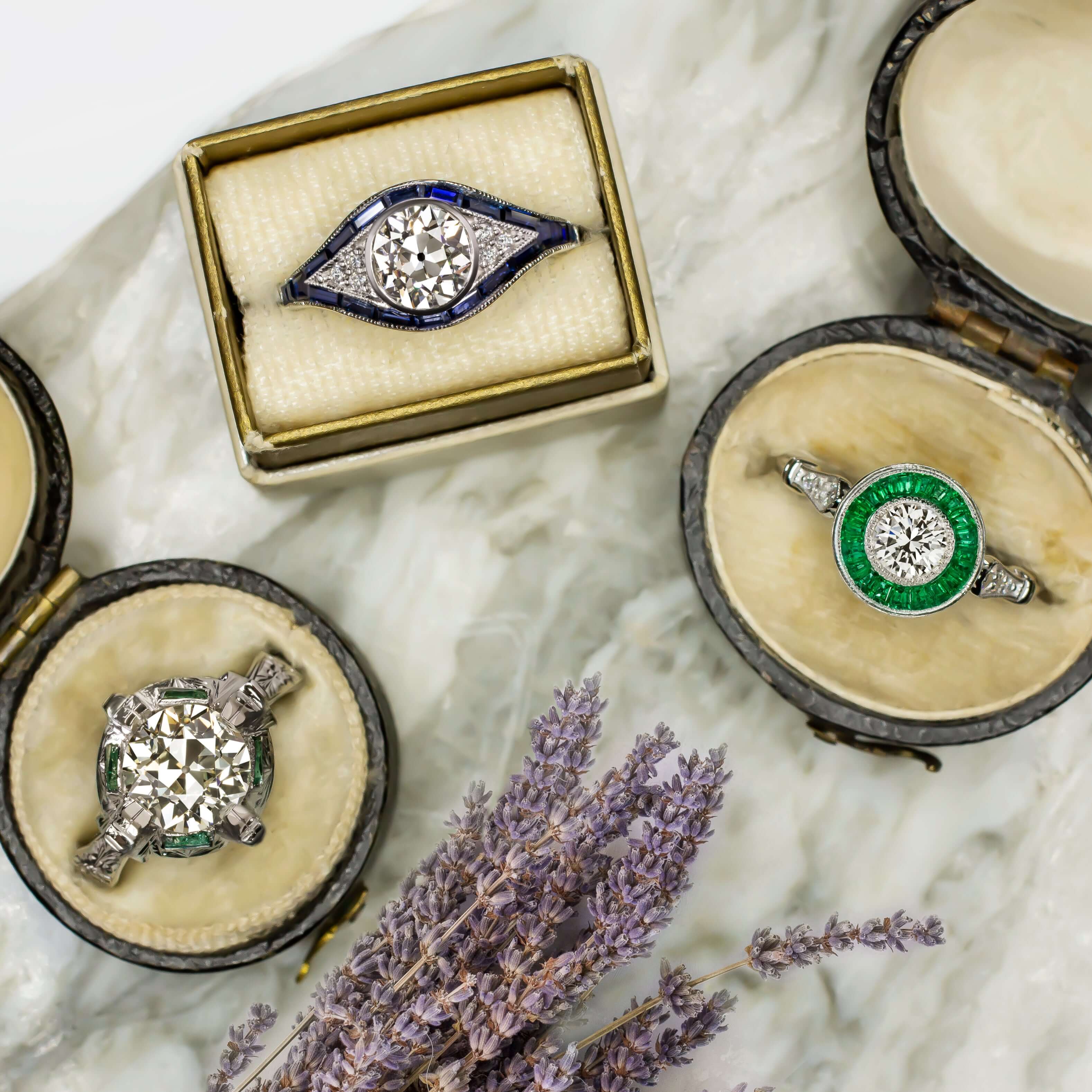There's something captivating about a jewelry piece that carries a rich history and tells a story of its own. Whether you've inherited a family heirloom or stumbled upon a vintage gem, discovering the age of a jewelry piece adds an extra layer of fascination. In this blog post, we'll guide you through some key elements and techniques to help you identify the age of a jewelry piece and unlock its hidden chronicle.
-
Hallmarks and Maker's Marks: One of the primary indicators of a jewelry piece's age is the presence of hallmarks and maker's marks. These marks are often stamped on the jewelry itself and provide valuable information about its origin and date of creation. Research and reference books, online databases, or consultation with experts can assist in deciphering these marks, revealing the era and region the piece originates from.
-
Style and Design: The style and design of a jewelry piece can be strong indicators of its age. Each era has its distinct characteristics and trends, reflecting the prevailing artistic influences of the time. Familiarize yourself with the popular jewelry styles of different periods, such as Art Deco, Victorian, Art Nouveau, or Retro. Analyze the overall aesthetics, motifs, and craftsmanship to pinpoint the era the piece belongs to.
-
Gemstones and Materials: The choice of gemstones and materials used in a jewelry piece can provide valuable clues about its age. Certain gemstones were more prevalent during specific periods, while others gained popularity at different times. For instance, rose-cut diamonds were widely used in Georgian and Victorian jewelry, while round brilliant cut diamonds didn't come around until the mid 20th century. Additionally, changes in metal preferences, such as the shift from yellow gold to white gold in the Art Deco era, can assist in narrowing down the age of a piece.
-
Clasps, Fastenings, and Findings: The type of clasps, fastenings, and findings used in a jewelry piece can also offer insights into its age. Different eras introduced various mechanisms and styles for securing necklaces, bracelets, and brooches. Examples include barrel clasps popular in the Victorian era, spring ring clasps in the early 20th century, or lobster clasps in more contemporary pieces. Analyzing these components can help determine the approximate age of the jewelry.
-
Construction Techniques: Examining the construction techniques used in a jewelry piece can reveal details about its age. Older pieces may exhibit handcrafted elements like hand engraving, filigree work, or hand-cut gemstones, while more modern pieces may showcase machine-made precision and uniformity. The presence of specific techniques, such as pave setting, milgrain detailing, or channel setting, can further narrow down the piece's age.
-
Historical Context and Provenance: Understanding the historical context and provenance of a jewelry piece can provide valuable context for dating it. Research the cultural, social, and historical events that influenced jewelry trends during a particular era. Additionally, gathering information about the previous owners or acquiring any accompanying documentation can offer valuable clues about the jewelry's age and history.
Identifying the age of a jewelry piece is an exciting endeavor that requires a combination of research, observation, and a keen eye for details. Pay attention to hallmarks, style, gemstones, materials, construction techniques, and historical context. Embrace the journey of discovering the hidden chronicle of your jewelry piece, as each clue brings you closer to unraveling its age and the captivating story it carries. Remember, the process of identifying age is both a thrilling exploration and a testament to the enduring beauty and allure of jewelry throughout the ages.

